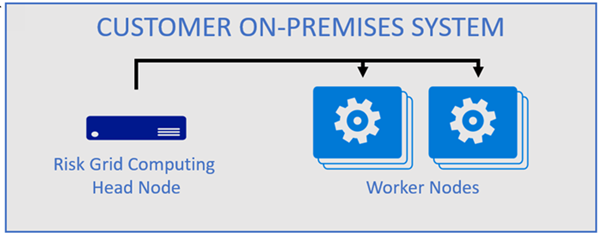How to upgrade your financial analysis capabilities with Azure
In corporate finance and investment banking, risk analysis is a crucial job. To assess risk, analysts review research, monitor economic and social conditions, stay informed of regulations, and create models for the investment climate. In short, the inputs into an analysis make for a highly complex and dynamic calculation, one that requires enormous computing power. The vast number of calculations and the way the math is structured typically allows for high degrees of parallelization across many separate processes. To satisfy such a need, grid computing employs any number of machines working together to execute a set of parallelized tasks — which is perfect for risk analysis. By using a networked group of computers that work together as a virtual supercomputer, you can assemble and use vast computer grids for specific time periods and purposes, paying, only for what you use. Also, by splitting tasks over multiple machines, processing time is significantly reduced to increase efficiency and minimize wasted resources.

The Azure Industry Experiences team has recently authored two documents to help those involved in banking scenarios. We show how to implement a risk assessment solution that takes advantage of cloud grid computing technologies.
The first document is a short overview for technical decision makers, especially those considering a burst-to-cloud scenario. The second is a solution guide. It is aimed at solution architects, lead developers and others who want a deeper technical illumination of the strategy and technology.
Recommended next steps
- Read the Risk Grid Computing Overview
- Read the Risk Grid Computing Solution Guide
Source: Azure Updates
